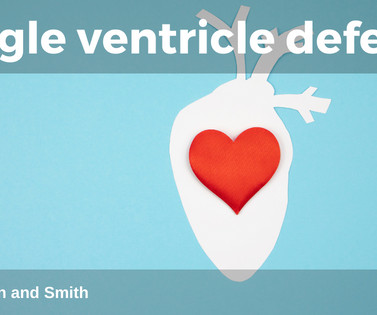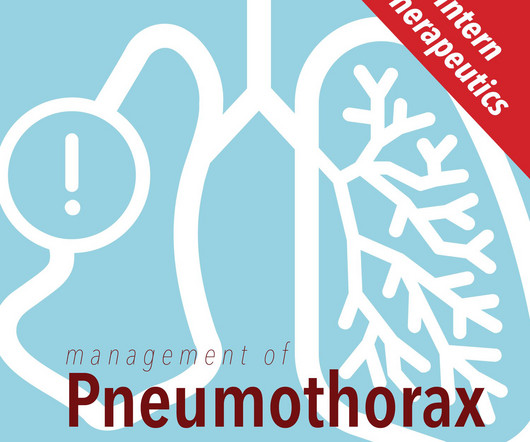SGEM#394: Say Bye Bye Bicarb for Pediatric In-Hospital Cardiac Arrest
The Skeptics' Guide to EM
FEBRUARY 25, 2023
He is found to be in hypoxic respiratory failure and septic shock. Your team begins high quality cardiopulmonary resuscitation (CPR). Apart from high-quality CPR and early defibrillation, many other interventions we try lack a strong evidence base. Parents note that he has been progressively more tired and difficult to arouse.













Let's personalize your content